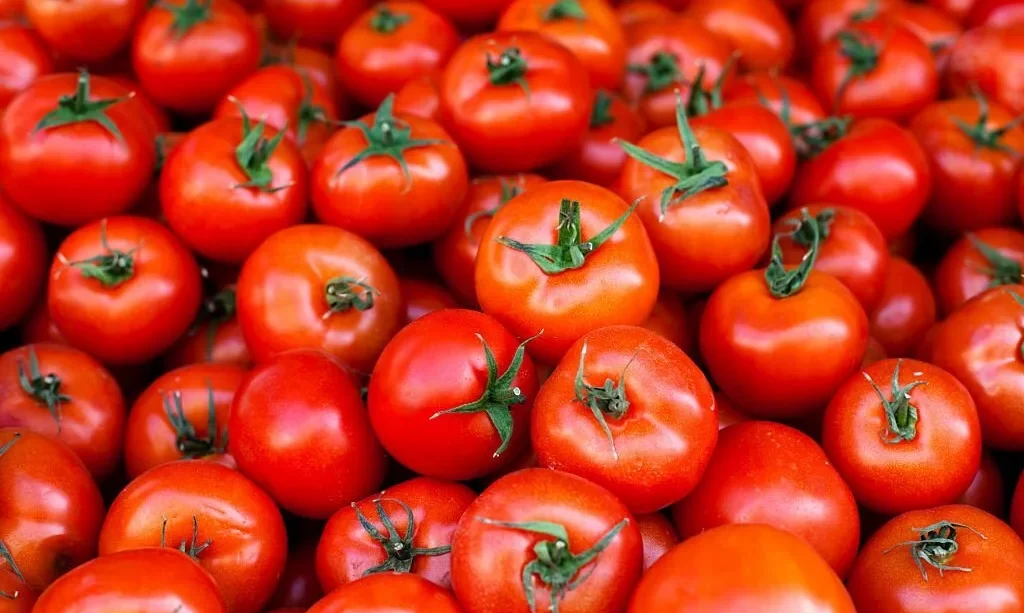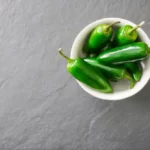Tomatoes, a staple in many kitchens, undergo a fascinating transformation as they transition from green to red. The ripening process is a subject of curiosity for both gardeners and consumers. In this exploration, we’ll delve into the reasons behind the color change in tomatoes, uncovering the science and factors that contribute to their vibrant red hue.
- 🌱 BALANCED NUTRIENTS: Our fertilizer contains a balanced ratio of 10% nitrogen, 10% phosphorus, and 10% potassium – the three primary nutrients that plants need for growth and development. This balanced formula ensures that your plants receive the necessary nutrients for optimal growth and health.
- 🌱 ALL-PURPOSE APPLICATION: Our all-purpose fertilizer is suitable for use on all types of plants, including vegetables, flowers, fruit trees, and ornamental plants. This makes it an ideal choice for gardeners who want a versatile and effective plant food.
- 🔬 PROFESSIONAL-GRADE FORMULA: Our 10-10-10 fertilizer is a professional-grade product that ensures steady and lush growth. Our fertilizer contains fast-acting ingredients that provide your plants with immediate nutrition for optimal growth and health.
- 👨🌾 HIGH-QUALITY INGREDIENTS: Our fertilizer is made with high-quality ingredients and is free from harmful chemicals and additives, making it safe for use around children and pets.
- 🌸 SLOW-RELEASE TECHNOLOGY: Our fertilizer also comes in a slow-release formula that provides your plants with the necessary nutrients for up to 40 days after application, reducing the need for frequent reapplication. This feature makes it an ideal choice for busy gardeners who want lush, healthy gardens without the hassle.
The Ripening Process
The journey from green to red involves a series of biochemical changes within the tomato. Chlorophyll, the green pigment responsible for photosynthesis, begins to break down as the fruit ripens. Simultaneously, the production of lycopene, a red pigment and antioxidant, increases. Ethylene gas, a natural plant hormone, plays a crucial role in coordinating these processes, orchestrating the symphony of transformations that result in the characteristic red color of ripe tomatoes. Understanding this ripening process sheds light on the intricate biology behind the visual appeal and flavor development of this beloved fruit.
Environmental Factors
Environmental conditions play a significant role in the ripening of tomatoes. Sunlight exposure is a key factor, as the energy from sunlight fuels the production of sugars and pigments during the ripening process. Additionally, temperature influences the rate of ripening, with warmer temperatures generally accelerating the process. Exploring how these environmental factors impact tomato coloration provides valuable insights for gardeners seeking to optimize conditions for a bountiful and vibrant harvest. Stay with us as we uncover the intricate dance between tomatoes and their environment, revealing the secrets behind the captivating red transformation.
Varieties and Genetic Factors
Not all tomatoes ripen in the same way or at the same pace. Different tomato varieties exhibit unique characteristics in terms of color change during ripening. Some varieties naturally develop a deeper red color, while others may take on an orange or even yellow hue. This variation is attributed to the genetic factors inherent in each type of tomato. The specific genes present in the plant determine the pigments produced and the rate at which the ripening process occurs. Exploring the genetic diversity of tomato varieties adds another layer of complexity to the intriguing story of why tomatoes turn red.
Harvesting Practices
The art of harvesting tomatoes involves timing and care. Picking tomatoes at the right moment in their ripening journey is crucial to ensure optimal flavor and texture. Harvesting too early may result in underripe tomatoes that lack the desired sweetness and color. On the other hand, waiting too long may lead to overripe tomatoes with diminished quality. Ethylene gas exposure during harvesting also influences the ripening process. Understanding the delicate balance of when and how to harvest tomatoes enhances the overall quality of the fruit. Join us as we explore the nuances of harvesting practices, providing insights for gardeners and consumers alike on how to achieve the perfect red tomatoes for their culinary delights.
Common Misconceptions
Several misconceptions surround the ripening of tomatoes, leading to confusion among gardeners and consumers. One prevalent belief is that tomatoes ripen best when left on the vine. While tomatoes can continue to ripen on the vine, they also undergo the final stages of ripening when harvested. Another misconception is that color always indicates flavor. However, the full development of flavor in tomatoes involves a delicate interplay of factors beyond color, such as sugar content and acidity. Unraveling these common misconceptions provides clarity on the ripening process and allows individuals to make more informed decisions about when and how to enjoy their tomatoes.
Conclusion
In conclusion, the journey of a tomato from green to red is a captivating process influenced by a combination of biological, environmental, and genetic factors. Understanding the intricate dance of chlorophyll breakdown, lycopene production, and ethylene gas coordination reveals the science behind the vibrant red hue. Environmental factors, such as sunlight and temperature, contribute to the pace and intensity of the ripening process. Genetic diversity among tomato varieties adds a layer of complexity, resulting in the diverse colors observed in different types of tomatoes. Harvesting practices and dispelling common misconceptions further enhance the appreciation of this remarkable transformation. As you enjoy the rich flavors and vivid colors of ripe tomatoes, remember the fascinating journey they undergo to reach your plate.




